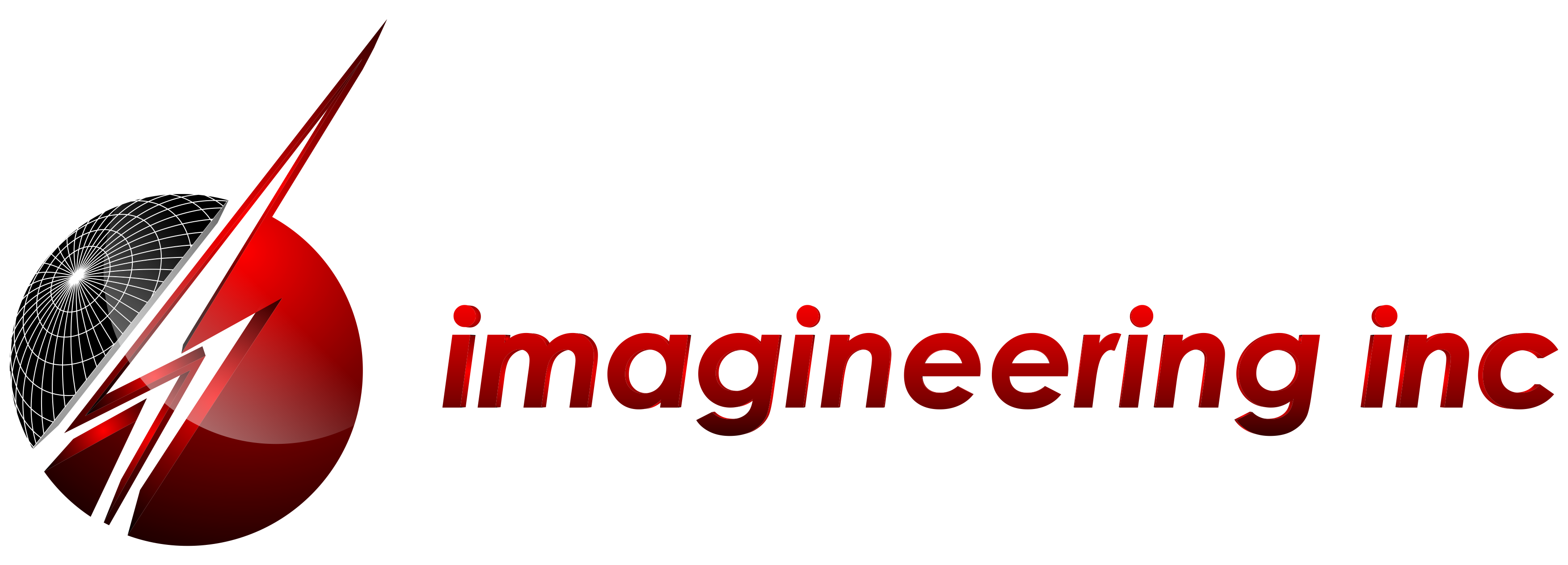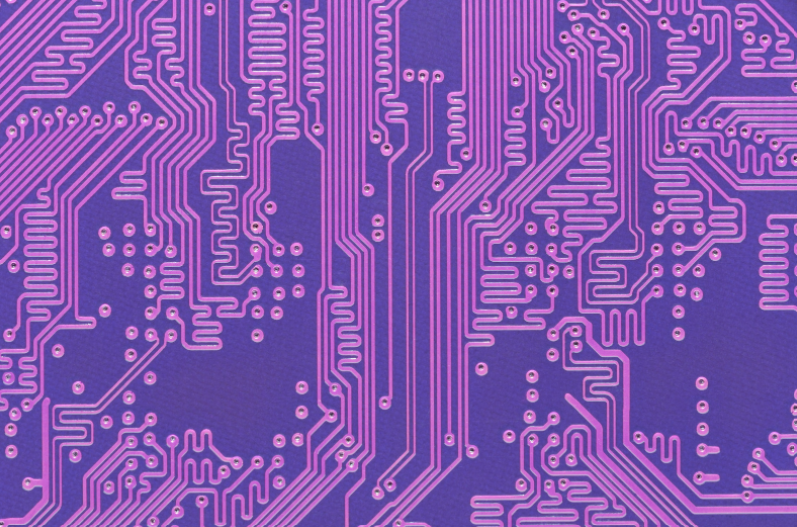What are the most important PCB industry trends that matter in 2022?
In the wake of the pandemic, there has never been a greater demand for printed circuit boards. With supply chains crunched, the PCB industry at large has been forced to reconcile with producing the most advanced circuit boards with the tightest restrictions on what can be accomplished.
But beyond this, many trends are often overlooked that are shaping the industry in dramatic and unprecedented ways. By understanding these trends, companies can make more reasonable assertions about what they need their products to do, how they can achieve it, and what precautions they should take before signing off on an expensive PCB production campaign.
Current PCB industry trends stem primarily from three sources:
- Miniaturization – The push towards smaller devices have led to wearable smart devices and impressive technological marvels. Yet with this comes a cost: printed circuit boards are more susceptible to damage and must be handled with greater care.
- Demand – Now more than ever, consumers are looking for advanced technology on shorter timelines. The industry is running on sharper deadlines than ever, and simple mistakes can have dramatic consequences to the bottom line.
- Environment – As PCB manufacturing and assembly has been outsourced to humid regions, moisture control has become a pressing issue. Separately, the EU’s ban on lead finishes have forced manufacturers to pivot towards more environmentally friendly alternatives.
The need for advanced printed circuit boards is at an all-time high, and demand is only increasing. Read more about the most important PCB trends in the industry below.
5 PCB Industry Trends That You Need to Know
Biodegradable PCBs
With the push towards sustainable business practices globally, PCBs have come under the same scrutiny faced by other businesses around the globe. While some printed circuit boards are used in machines that can last decades, many PCBs eventually make their way to landfills.
The composition of PCB finishes have recently been brought into question due to the presence of lead in many PCBs. There is debate as to whether printed circuit boards with these finishes actually cause harm to the environment, with lead seeping into wastewater. However, the EU’s Restriction on the Use of Hazardous Substances, or RoHS, now makes it illegal to import or export any electronic waste containing more than 1000 parts per million of lead across the European Union.
Lead hot air solder leveling, or HASL, used to be one of only two ways that printed circuit boards could be finished. Now, dozens of options are available with affordable prices, good handling sensitivity, and long-lasting shelf life.
High Density Interconnect (HDI) PCBs
A high-density interconnect printed circuit board, or HDI PCB, is a circuit board that contains a higher wiring density per area compared to a more conventional circuit board. They are an essential part of the drive towards miniaturization, as they do more in less space.
By definition, HDI PCBS:
- Average around 120-160 pins per square inch.
- Have a higher connection pad density
- Have finer spaces between lines
- Use multiple layers connected through microvias
The smaller size of HDI PCBs makes them ideal for wearable devices. Because they use a smaller amount of materials with a higher performance power, they cost less to manufacture, have faster signal transmission, and have a higher heat resistance.
Used in everything from smart watches to rocket ships, HDI PCBs constitute one of the most important PCB industry trends today thanks to packing a big punch for its small size. However, they require special manufacturing techniques to produce.
Flex PCBs
To create more advanced circuit boards in smaller packages, a solution was required that could fit unconventional packaging. Enter the flexible printed circuit board: a printed circuit board that can bend to fit in spaces that a rigid PCB cannot.
By definition, the flex PCB is an arrangement of circuitry on a flexible film layer. Like traditional PCBs, they may be single-sided, double-sided, multi-layer, or even a hybrid of rigid and flexible materials.
Used in everything from commercial electronics, cars, medical devices, and satellites, flex PCBs are uniquely suited to handle vibrations and high temperature ranges. The drawback? Flex PCBs are difficult to repair, require precise storage procedures, and are more expensive to produce than traditional printed circuit boards.
Moisture Sensitive Devices (MSDs)
Moisture sensitive devices are components that are packaged within plastic that are sensitive to atmospheric humidity. Like ESD control in the past, the threat of moisture-related damage is one of the more pressing issues in the industry today.
Moisture-related damage is often difficult to detect during the manufacturing process, and the scale is larger than many want to believe. There are several reasons why this is happening:
- Miniaturization has defined printed circuit board manufacturing in the 21st century. From wearable devices to the Internet of Things, printed circuit boards have grown increasingly thinner over time. This gives them a greater sensitivity to moisture-related damage, as well as making them more fragile.
- As demand for printed circuit boards grows globally, most manufacturing operations have been outsourced to Southeast Asia. This climate is notoriously humid, and manufacturers must take extra precautions to control the climate of their manufacturing environment.
- Higher temperatures are required during the solder reflow process to create today’s printed circuit boards. Rapid moisture expansion and mismatched materials contribute greatly to this, particularly in ball grid array and chip-scale packages.
- Extra machinery is required to remove moisture from packages after baking them and track them for moisture control.
With a greater demand for computer chips and the conditions required to manufacture them, experts are seeing moisture control as one of the most pressing PCB industry trends today. Moisture sensitive devices are being carefully observed by industry leaders as a threat to batches and yields. In any case, experts are seeing more boards being printed with higher moisture sensitivity levels, making them more sensitive to direct exposure and more fragile as a result.
Quick Turn PCB Manufacturing
The success of a product often depends on quick turn PCB manufacturing capabilities to reduce product delays and provide ample timing for testing. Finding a manufacturer that can produce your printed circuit boards rapidly is essential at every stage of your PCB manufacturing process:
- Prototyping – Early prototypes tend to look dramatically different than the final product. Quick turn PCB prototyping can generally be completed with a 24-hour turnaround.
- Pre-Production PCBs – The beta run for printed circuit boards is generally manufactured in batches ranging from a hundred to a few thousand. This stage can help manufacturers resolve mistakes that only become apparent in larger volume production. Small volume production is generally completed between 5-6 days.
- Full Production PCBs – The final stage of PCB production is considerably larger than the prototyping and pre-production stages of PCB manufacturing. Medium-to-large volume production generally takes place within two to three weeks, depending on the size of the batch.
Between multiple suppliers, language barriers, customs, and shipping logistics, a huge number of variables make quick turn PCB manufacturing a challenge. Finding a trusted partner is essential for businesses that rely on printed circuit boards.
Imagineering Inc: Trailblazing PCB Industry Trends
The requirements for advanced printed circuit board technology are different than they have been at any point in human history. You need a reliable printed circuit board manufacturer who can handle the fabrication and assembly of your parts on a timeline you can depend on.
Imagineering Inc. is an industry leader in printed circuit boards. We specialize in creating high-quality printed circuit boards that meet class 3 standards, and are used in aerospace and military applications around the globe. We can meet tight deadlines on time, every time – guaranteed.
Are you looking for the best PCB fabricator and assembler? Contact Imagineering today to get a quote on your PCB assembly.

